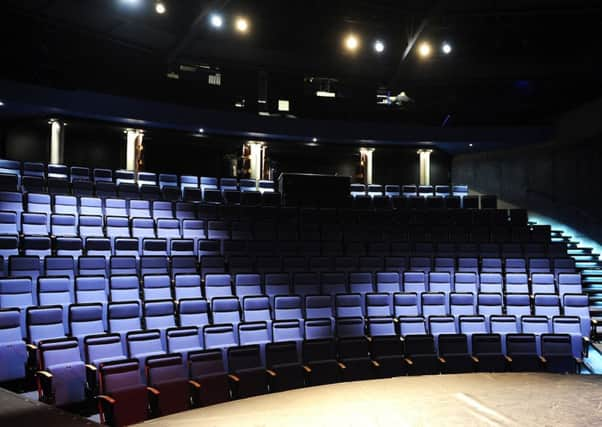Joyce McMillan: Byre Theatre plan begs scrutiny


After some difficult years – following the loss of its status as a Scottish Arts Council funded producing theatre – the theatre had run up an unsustainable deficit; and Fife Council, which owns the building, felt that temporary closure was the only option.
So it’s not surprising that there were many positive headlines when it was announced, early last week, that the University of St Andrews has stepped in as Fife Council’s “preferred bidder” to take over the running of the building. There are plenty of successful examples of theatres and arts centres operating as part of university campuses; and at first glance, the university’s proposal for the Byre looks like a reasonable balance between “town and gown”. The plan is for the university to use the Byre as a lecture theatre and teaching space during the day, and for the wider community to have access in the evenings and at weekends, for theatre productions – including professional touring shows – as well as music events, community shows and mini film festivals.
Advertisement
Hide AdAs last week wore on, though, the rumblings of concern around the university’s bid grew louder and more disturbing. As Lorne Boswell, Scottish organiser of Equity, pointed out, the Byre is the finest purpose-built small theatre in Scotland, completed with more than £4 million of public money only a dozen years ago, to present high-quality professional theatre to the people of St Andrews and north-east Fife; its proposed new half-life as a university-run multi-arts base, with most of its spaces unavailable until the end of the teaching day, risks making the building irrelevant as a venue for professional performance. And if you add to the mix the university’s suggestion that it will retain full control over all management decisions affecting the Byre – with some input from a light-touch “advisory board” on which community interests will be represented – then you have a picture of a future in which the wider community around the Byre has only a little influence, and absolutely no power, in determining how the building is used. The proposal also suggests that at the end of the 25 year lease, the University should be given the option to buy the theatre outright, for a nominal sum.
Nor is it difficult to see why this troubling moment has been reached. Fife Council, we are told, prefers the St Andrews University bid for the building because it involves the “best deal” for the Council, and is “low risk”. What they seem to mean by this is that it will not cost them any money, and that it will not, either, be dependent on unpredictable funding from Creative Scotland.
The risk of having to spend some money on an obvious public good, in other words, apparently looms large with both Fife Council and Creative Scotland. The risk of eventually losing public access to, and control over, one of the finest theatres in Scotland, with a tremendous community history, seems, by contrast, scarcely to trouble them at all.
And in the meantime, this story raises many questions which should concern everyone involved the arts and public administration in Scotland – questions about the fragile governance of major arts companies, questions about Creative Scotland’s role as a steward of the public interest, questions about the values that now shape our public decision-making. And questions, too, about the increasingly problematic structure of Scottish local government, which long since robbed communities like St Andrews of their own town councils; and left them waiting for decisions handed down from 40 miles away, by people who – to judge by their tone – might never have walked through the courtyard from South Street towards the Byre Theatre, or experienced the magic of stepping through those glowing glass doors, into one of the finest small public buildings in Scotland.